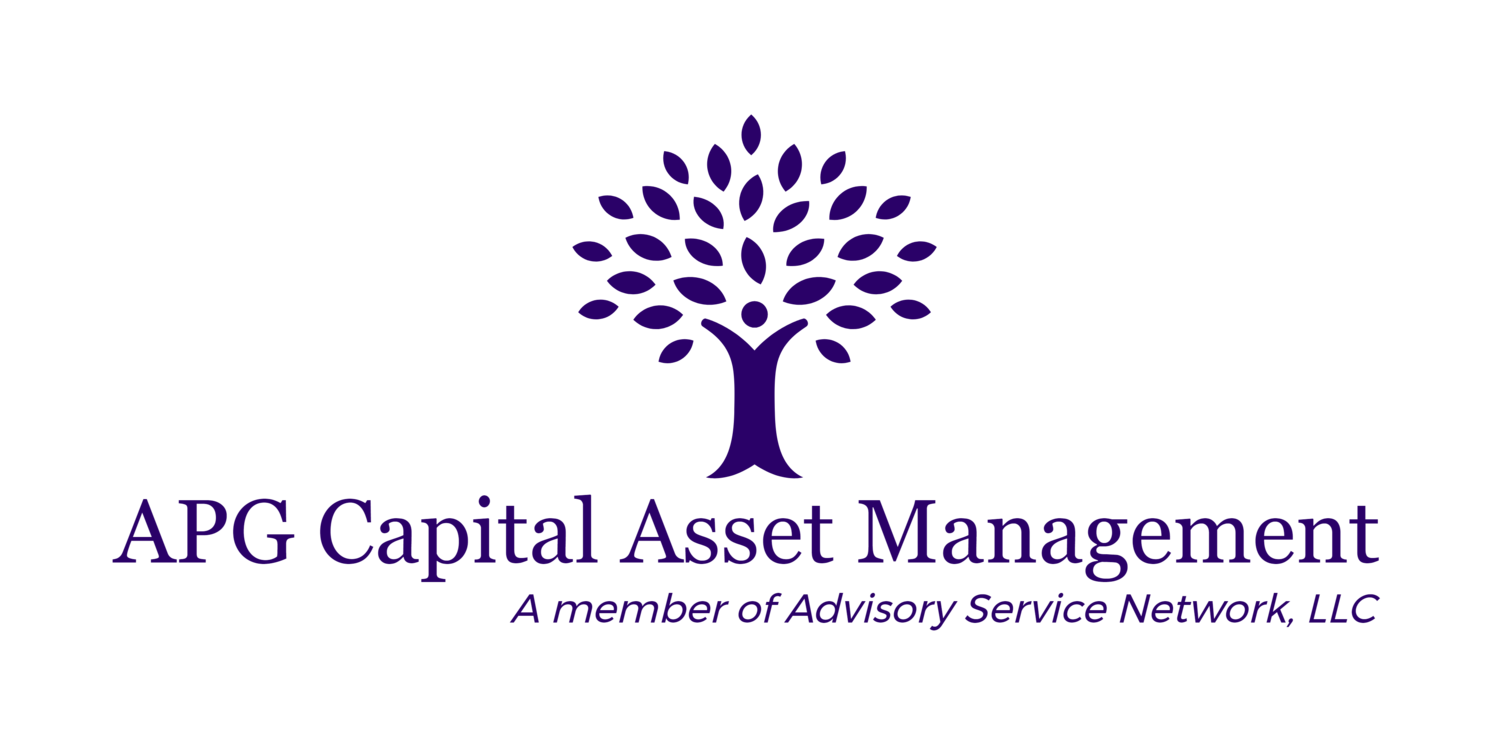The holiday season is a time for family and reflection. Hopefully, it will also leave some time to take stock of your finances. As the calendar resets in a month or so, it is wise to remember some important financial end of year to-dos to make sure you have maximized your situation by lowering taxes, bringing portfolios back into balance and your estate planning is up to date. Happy Holidays and may you have a wonderful 2020!
Consider funding a Donor Advised Fund with appreciated assets. One larger contribution that can fund your charitable giving for many years can help push your deductions high enough to itemize, and it avoids capital gains taxes on the appreciation.
Harvest capital losses. After a year like 2019 when practically all asset classes rose, it may be hard to find losses, but there are always those that struggled.
For those 70 ½ or older or have an inherited IRA, make sure you take your RMD to avoid paying a 50% penalty.
Also, for those 70 ½ or older that have Required Minimum distributions from their IRA, a preferred way to donate to money to a charity is thru a Qualified Charitable Distribution. These payments count toward satisfying your RMD for the year (up to $100,000) and are excluded from income for tax purposes.
If there are any changes to your estate plan or beneficiaries, make sure you will (you have one, right?) has your final wishes.
You have until April 2020 to make your IRA contributions, but if you already know what kind of contribution you will be making (Roth, tax-deductible traditional), now is a great time to make it. Remember, the contribution limits are up to $6,000 for those under 50, and $7,000 for those 50 and older.
Decide when you are making that property tax payment. With the new lower deduction for state and local taxes of $10,000, it may not be as critical, but some still benefit from choosing which year to make the payment.
If you happen to have a lower-income year, take advantage by thinking about a Roth conversion. Filling up your low marginal income-tax-rate buckets with income from moving dollars from traditional to Roth IRA may pay long term benefits.
Reallocate your investments. After such a strong year in the equity markets, you may be tilting a bit stock-heavy in your portfolio. Consider taking some chips off the table and trim strong performing growth stocks in favor of value and international equities and high-quality bonds.
Remember the words of Bob Harris from the film Lost in Translation (2003) “The more you know who you are and what you want, the less you let things upset you.”
All views/opinions expressed in this newsletter are solely those of the author and do not reflect the views/opinions held by Advisory Services Network, LLC. The information and material contained herein is of a general nature and is intended for educational purposes only. This material does not constitute a recommendation or a solicitation or offer of the purchase or sale of securities. Advisory Services Network, LLC does not provide tax advice. The tax information contained herein is general and is not exhaustive by nature. Federal and state laws are complex and constantly changing. You should always consult your own legal or tax professional for information concerning your individual situation.

